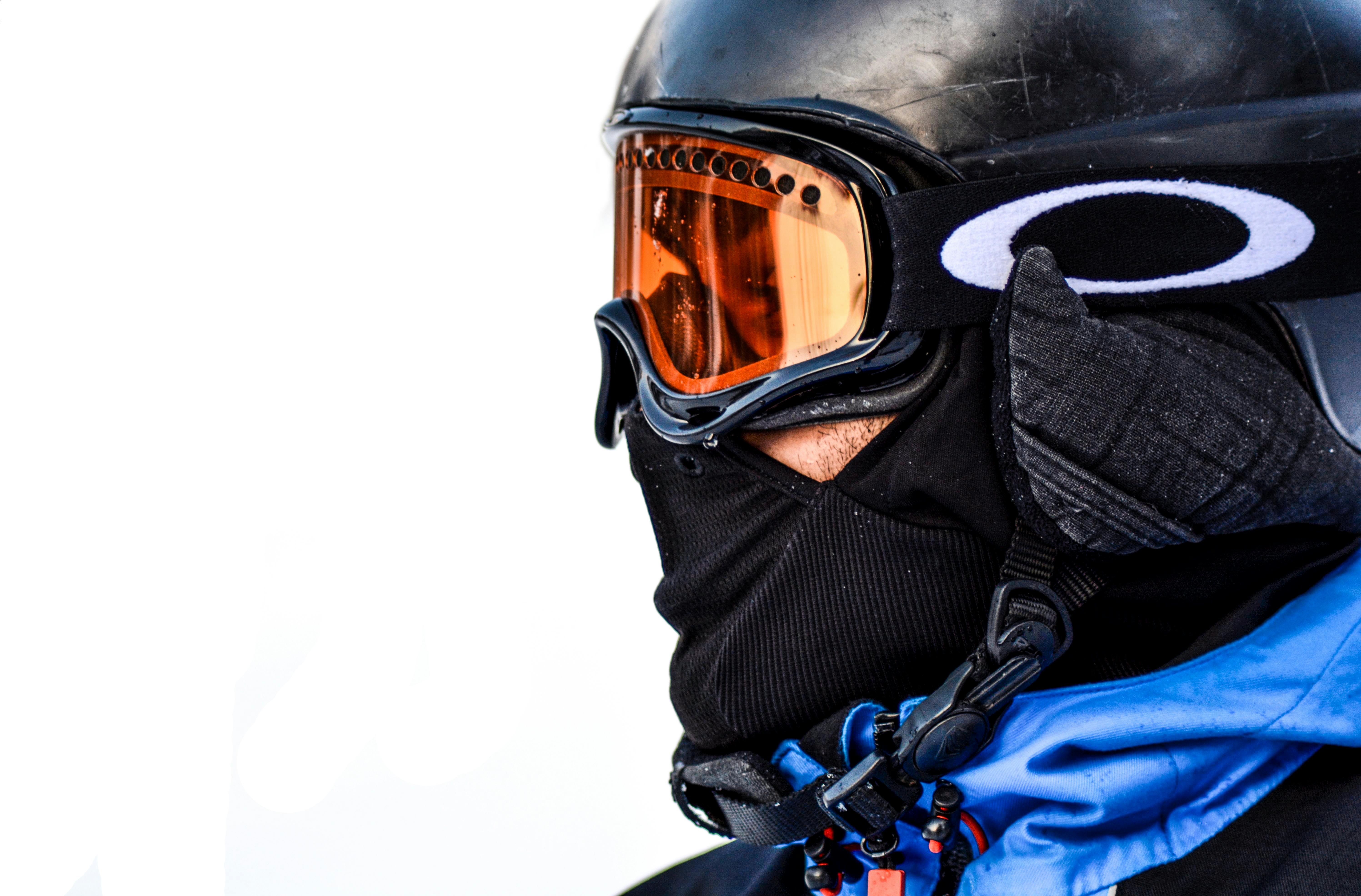Snowboards: Choosing Gear for Mountain Snow and Winter Powder
Snowboarding mixes gear, terrain, and technique. Whether you ride resort groomers or chase untracked powder, selecting the right snowboard and preparing for mountain winter conditions shapes your experience. This article explains board types, how different snow affects performance, practical winter preparation, powder-specific design and technique, and a straight comparison of representative snowboard models and price ranges to help you make informed choices.

How to choose a snowboard
Picking a snowboard starts with matching the board to your riding style, height, weight, and the conditions you expect. All-mountain boards suit varied terrain; freeride shapes favor mountain lines and powder; freestyle boards are shorter and more flexible for parks. Length, width, and flex influence control: longer and stiffer boards track at speed and float in deep snow, while shorter, softer boards turn more easily. Consider camber, rocker, or hybrid profiles for how the board engages snow and edges. Test local services or demo programs in your area to confirm feel before buying.
How snow conditions affect performance
Different types of snow change how a board responds. Dry, deep powder reduces edge engagement and rewards wider, rockered noses for float. Packed or groomed snow delivers more predictable edge hold and benefits boards with defined camber or hybrid profiles. Icy surfaces demand sharp edges and stiffer flex to maintain grip. Temperature, humidity, and snowpack density also affect wax selection and base treatment; cold, dry snow typically needs harder wax than wet, warm conditions. Regular tuning—edge sharpening and base waxing—keeps a board responsive across changing mountain conditions.
Preparing for winter mountain rides
Preparation combines equipment, technique, and safety. Ensure boots fit well and bindings are properly mounted to match stance and board type. Pack layers that manage moisture and insulation, and use helmets and wrist protection if falling risk is a concern. For backcountry or off-piste mountain riding, add avalanche safety gear (beacon, probe, shovel) and training. Check local services for maintenance, tuning, and lessons in your area to help with setup and skills. Pre-season board inspection—checking for delamination, base damage, and binding hardware—prevents failures on cold days.
Riding powder: board shapes and tips
Powder riding favors boards designed for float and stability. Look for a longer nose, setback stance, slightly wider waist, and rocker or hybrid profile that keeps the nose up. Directional freeride boards often have stiffer tails to drive through chop and maintain control. Technique matters: keep weight slightly back to lift the nose but stay dynamic—small, quick shifts and slightly higher speed help the board plane. In deep powder, reduce abrupt movements and use smoother turns to maintain momentum; practice on softer days to refine balance and rhythm.
Comparing snowboard models and costs
Below are representative snowboard models from established providers, their key features, and typical price ranges for new boards. These examples highlight differences in intended use, shape, and target rider. Actual availability and prices vary by retailer, model year, and region; consider demoing boards if possible to evaluate fit and performance.
| Product/Service Name | Provider | Key Features | Cost Estimation |
|---|---|---|---|
| Custom | Burton | All-mountain versatile camber/hybrid, multiple sizes | $500–$700 |
| T.Rice Pro | Lib Tech | Freeride/freestyle, magnetraction edges, eco materials | $550–$700 |
| Riders Choice | GNU | All-mountain twin hybrid shape, playful flex | $450–$600 |
| Assassin | Salomon | Directional freeride/freestyle, responsive flex | $400–$550 |
| Raygun | K2 | Entry to mid-level all-mountain, forgiving flex | $250–$350 |
Prices, rates, or cost estimates mentioned in this article are based on the latest available information but may change over time. Independent research is advised before making financial decisions.
Conclusion
Snowboarding choices hinge on where and how you ride: the mountain terrain, prevailing snow, and personal style determine the best board shape, flex, and setup. Regular maintenance, appropriate clothing, and safety preparation extend gear life and improve on-snow performance. Comparing models by features and realistic price ranges helps narrow options, while demos and local services provide practical confirmation before purchase.






